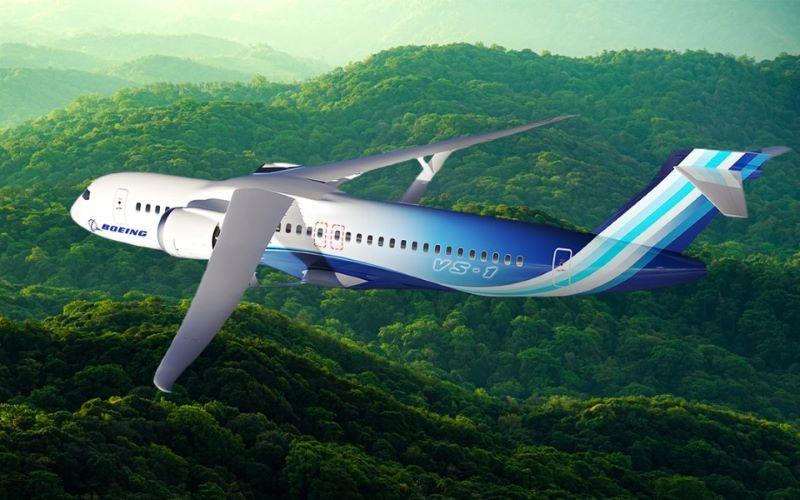Boeing Chosen for NASA Sustainable Flight Demonstrator Award
Boeing has been selected to lead the way in the Sustainable Flight Demonstrator (SFD) program, a groundbreaking initiative by NASA. This program is set to revolutionize the aviation industry by introducing cutting-edge technologies that promise to redefine aerodynamics and enhance fuel efficiency significantly. The ultimate goal is to develop a sustainable aviation future that aligns with NASA’s commitment to achieving net-zero carbon emissions in aviation by 2050, as well as the objectives outlined in the White House’s U.S. Aviation Climate Action Plan.
The centerpiece of the SFD program is the development of a single-aisle airplane featuring a Truss-Braced Wing (TTBW) configuration. This innovative design, when combined with advancements in propulsion systems, materials, and systems architecture, could result in a remarkable reduction of up to 30% in fuel consumption and emissions compared to today’s most efficient single-aisle aircraft, depending on the mission.
Greg Hyslop, Boeing’s Chief Engineer and Executive Vice President of Engineering, Test & Technology, expressed enthusiasm for the program’s potential impact, stating, “The SFD program has the potential to make a major contribution toward a sustainable future. It represents an opportunity to design, build, and fly a full-scale experimental plane while solving novel technical problems.”
One of the key innovations that the SFD program will explore is the use of ultrathin wings braced by struts with larger spans and higher-aspect ratios. These advanced wings could accommodate propulsion systems that have been constrained by the limited underwing space in today’s conventional low-wing aircraft designs. Boeing plans to incorporate elements from existing aircraft while integrating brand-new components to create the demonstrator vehicle.
NASA’s commitment to the SFD program is substantial, with a Space Act Agreement funding Boeing to the tune of $425 million. Boeing, in collaboration with its industry partners, is expected to provide an additional $725 million to support the program’s development and resource requirements. Boeing has also previously invested $110 million in sustainable aviation research, underlining its commitment to advancing eco-friendly aviation solutions.
The Truss-Braced Wing (TTBW) airframe concept, central to the SFD program, is the culmination of over a decade of collaborative development efforts involving NASA, Boeing, and industry investments. Prior NASA programs, such as the Subsonic Ultra Green Aircraft Research program and the Environmentally Responsible Aviation program, paved the way for extensive wind tunnel testing and digital modeling to refine the TTBW design.
In conclusion, Boeing’s selection for NASA’s Sustainable Flight Demonstrator program represents a significant step towards achieving a more sustainable aviation industry. By leveraging cutting-edge technologies and innovative design concepts, Boeing aims to usher in an era of aviation that is not only more fuel-efficient but also environmentally friendly, bringing us closer to a future with zero carbon emissions from aviation.
Hits: 5










